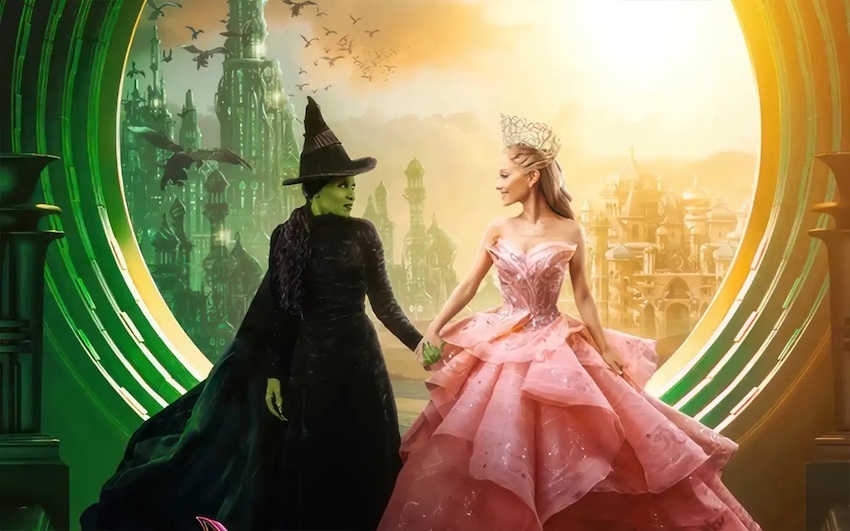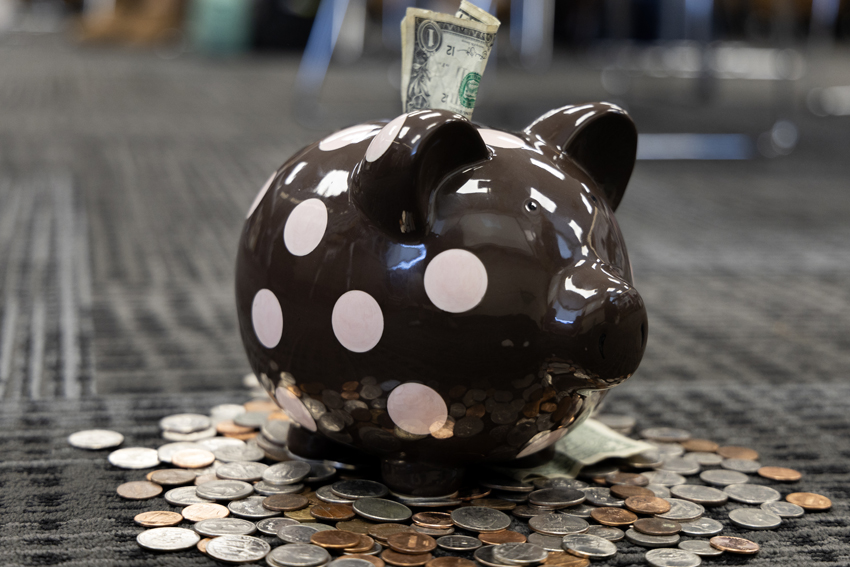“I like making games that add value to people’s lives. Games that give people a visceral sense of excitement or put them in an environment that’s different from the one that they’re used to.”
These are the words that Adam Saltsman, creator of Canabalt and Capsule, used to describe his game design theory.
Video games have been around for decades, but only very recently has the prospect of independent game development become a viable option. Before, developers had to make deals with publishers in order to release their games to the world.
However, because of such platforms as iOS and Steam, it has become much easier for small, unknown teams to become profitable entities in the game industry.
Some people play video games because of their designs. Games that do something that players have never seen before can sell really well. Yet, the people who make games play the way they play are the game designers.
“I play video games for the fun of it,” Aaron DeWolf, ’15, said. “They allow me to do something that I wouldn’t do in my everyday life.”
Game designers have very important jobs. According to Alex Jones, designer on ‘Splosion Man, Comic Jumper and The Gunstringer, designers are the ones who, “Brain storm, have meetings with other designers, read and write documents, design and decorate levels, set up enemy encounters and scripted events and do a lot of testing and finding bugs.”
Jones understands the difficulties of designing levels from scratch, saying that, “The most challenging thing [with the job] has been creating a large volume of content with very little direction, no art to start with and very primitive tools. For example, someone will say ‘make a train level,’ and I have to create an entire level from cubes and whatever else we have working at the moment.”
While some enjoy games for their gameplay, some enjoy them for their graphics — games that show people something that is both stylish, and pleasing to the eye.
Katherine Bidwell is no stranger to this aspect of game development. As an artist on over 15 games, including Lume and A Short History of the World, she understands the requirements of being an artist.
“As long as you’re interested in graphics and interpreting what you see into something on a screen, that’s how you get into the art side of making a game,” Bidwell said.
Art design can have it’s challenges, but it can also be very rewarding.
“It’s very rewarding when people see things in the game that you didn’t see first off,” Bidwell said. “For example, with Lume, a lot of people felt that it was really nostalgic and reminded them of their childhood.”
Art and game design are both very important, but the people who tie those things together are the programmers.
David Kalina, programmer on Spider: The Secret of Bryce Manor and Waking Mars, understands the importance of his job, and the importance of keeping his work in check.
“When you’re the only guy writing code, it’s very easy to become the bottleneck,” Kalina said. “Tools really matter and it’s important for my teammates to be able to express themselves in the software.”
Programming is a difficult job, but Kalina is proud of the effect his work has on others.
“Games are interactive, and it brings joy to people to play a game and have a positive experience with it,” Kalina said.
After a screening of the the film, Indie Game: The Movie, an audience member said, “I didn’t realize that people made video games.”
“I think a video game would be very tough to make,” DeWolf said. “It has so much to do with computer graphics and programming that it must take an awful lot of time.”
For more features, read the March 29 article, Career Day expands students’ ambitions.







Rhyann Crain • Aug 17, 2012 at 12:04 am
I wish I couldve been at the game. It seems like it was a very good game and I hope the girls enjoyed every bit of their win.